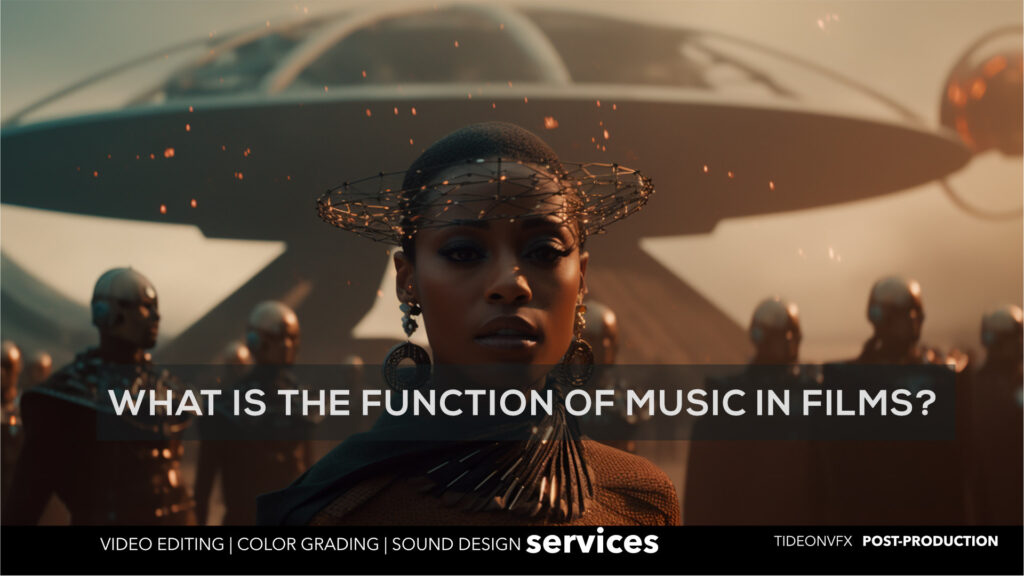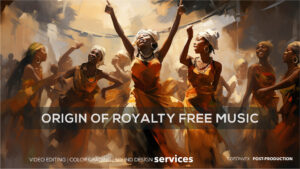Audio
What Is The Function Of Film Music?
Film music serves as the emotional heartbeat of a cinematic experience, transcending the realm of mere auditory accompaniment to become an integral part of storytelling. Its function goes beyond the mere act of filling silences; it is the silent language that communicates the emotional nuances, heightens tension, and guides the audience through the narrative journey.
Film music acts as a subtle yet powerful orchestrator, shaping the viewer’s perception and enhancing the impact of visual storytelling. Through carefully curated melodies, harmonies, and rhythms, it not only complements the on-screen action but also elicits emotional responses, making the cinematic experience richer, more immersive, and unforgettable. In essence, the function of film music is to transcend the boundaries of sound and image, weaving an intricate tapestry that elevates storytelling to a symphonic level.
Harmonizing Frames: The Art of Choosing the Right Music in Film Editing
Part 1: The Unseen Conductor
In the intricate world of film editing, where every frame is meticulously crafted, the role of film music is often underestimated. As a post-production artist, I’ve come to realize that the right musical score is not merely an accessory; it’s the unseen conductor that guides the emotional journey of the audience through the visual narrative. In this multipart blog series, we will explore the profound impact of film music on film editing, dissecting its ability to define pacing, enhance emotions, and seamlessly integrate with visual elements.
Part 2: Pacing, the Symphony of Frames
Pacing is the heartbeat of a film, dictating the rhythm and flow of the narrative. Imagine a chase scene without the pulsating beats, or a tender moment stripped of its delicate melody. The choice of film music can either propel the story forward or anchor it in stillness. During the editing process, selecting the right tempo, dynamics, and genre is crucial to synchronize with the visual beats.
The power of pacing through film music lies in its ability to subconsciously guide the audience. A well-timed crescendo can elevate tension, and a gentle
melody can offer a moment of respite. Editors must act as composers, orchestrating a symphony of frames and sounds to create a seamless and immersive viewing experience.
Part 3: Harmony in Diversity
Choosing the right film music goes beyond tempo and pacing—it involves creating a harmonious relationship between the auditory and visual elements. Just as mismatched colors can disrupt the visual appeal of a film, incongruent film music can jolt the audience out of the immersive experience. The synergy between film music and visuals should be so seamless that one enhances the impact of the other.
Consider the emotional nuances of a scene—the right chord progression, instrumentation, or even silence can evoke a myriad of feelings. A well-crafted soundtrack not only complements the on-screen action but also becomes an integral part of the storytelling process. In the editing room, the choice of film music becomes a form of language, expressing emotions that words alone cannot convey.
Part 4: Emotional Resonance
Film, at its core, is an emotional medium. The marriage of film music and visuals allows filmmakers to communicate with the audience on a visceral level. Whether it’s the heart-pounding excitement of an action sequence or the melancholic reflection in a dramatic moment, film music acts as a conduit for emotion.
During the editing phase, the emotional resonance of a scene is sculpted by the careful selection of film music. The subtle nuances of a character’s internal struggle or the triumphant climax of a storyline are accentuated by the soundtrack. Editors must have a keen understanding of the emotional beats of a film, choosing film music that not only aligns with the narrative but also amplifies its emotional impact.
Part 5: Crafting an Unforgettable Experience
In the final installment of this blog series, we’ll delve into the practical aspects of selecting and integrating music in the editing process. From licensing considerations to collaboration with composers, the choices made during post-production can define the success of a film. Stay tuned as we explore the artistry of crafting an unforgettable cinematic experience through the delicate dance of frames and film music.
In the realm of film editing, where every decision leaves an indelible mark on the final product, the role of film music cannot be overstated. It is the silent storyteller, the emotional anchor, and the rhythmic guide that transforms a collection of frames into a cinematic masterpiece.








